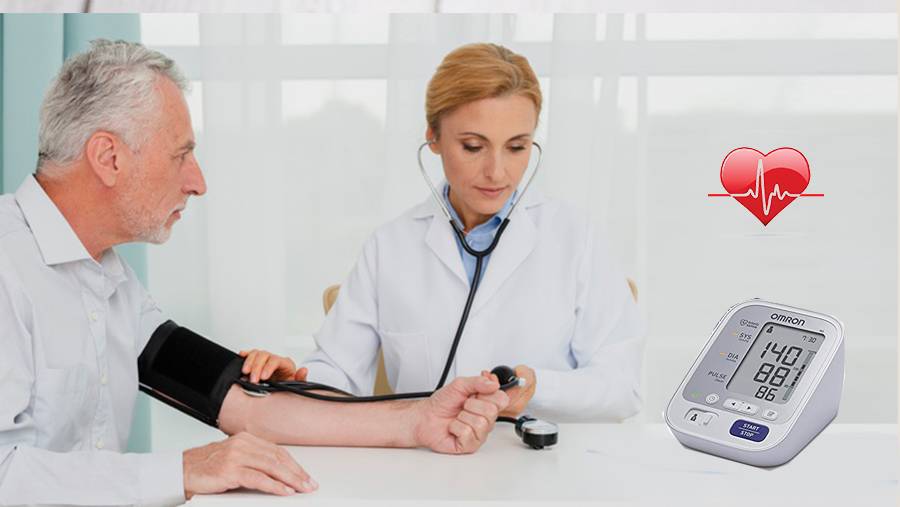
Hello
Select Address

Since there is a multitude of blood pressure monitors in the market, deciding upon the perfect variant is difficult. Different models have come into being mostly due to the demand for at-home measurement of blood pressure. Else, the sphygmomanometer (used by trained professionals) is the one that yields the most accurate results.
Yet, there is a consistent demand for the other variants. A few possible reasons for people going in for monitors other than the traditional bulb and stethoscope one are –
• Periodic BP monitoring even while traveling
• Usage by a layman (who's not familiar with the use of a stethoscope)
• For usage by a person who has partial loss of vision
• For quick multiple measurements (if the doctor has advised to do so)
Precisely, being choosy about blood pressure monitors mostly rests upon personal preferences. Medical requirements do not vary much, except for cases where frequent readings are required. Buyers usually take a quick tour through the following before deciding upon the final product –
Such personal preferences ultimately lead you in determining which monitor to go for. However, the visually impaired individuals (mostly the hyperglycaemic ones) tend to go for the ‘talking’ blood glucose monitors. The talking meters disseminate the results in the form of audible sounds. On the other hand, people who prefer traditional devices may additionally buy a pre-formed cuff and a manual inflator! They make self blood pressure monitoring (with the traditional device) much easier!
Some Common Variants of BP monitors: A summary
Talking blood pressure monitors – the talking monitors are available in 2 types. One comes fitted with external hardware (a voice synthesizer) to convert text into audible speech. The other has an in-built speech chip with no additional devices required!
Upper-arm Monitors – they are the more common ones (as compared to wrist monitors) as they are widely used across doctor's clinics too. For home use, they are combined with features like pre-formed blood pressure cuffs, digital screens, and other automated processes. So, they are well suited for personal use too.
Wrist Monitors – Are you a travel freak or need to do a lot of business travel? In such cases, if you need to deal with your hypertension as well, wrist monitors are the best BP monitoring devices to go for. Lighter weight, compact size, and its overall smart look gives it an edge over other modern-day monitors. Moreover, if you have large upper arms or some kind of hand mobility limitations, wrist monitors turn out to be the more convenient alternative!
A multi-user monitor – Multi-user monitors may be available in the 'upper-arm' as well as other variants too. The goal is to accommodate the results of other family members who are hypertensive too.
Checking the Clinical Validation of BP monitors
This is the last but not the least thing to check while buying a BP monitoring device. After passing the Food and Drug Association’s approval procedure, many manufacturers go a step ahead to clinically validate their product. Such validation tests are conducted by third parties by setting some criteria that determine the accuracy and reliability levels of these devices. What adds to the credibility of these goods after a clinical validation test is that the results are published in peer-reviewed journals thereafter!
Some people go for BP monitoring units even without their family physicians or any other doctor advising them to do so. You can do that as being proactive causes no harm. But zeroing in on the right product is necessary as the results determine your course of action related to your BP. In fact, it is often advised to seek medical help when you are doubtful about your blood pressure condition, before making any conclusion.